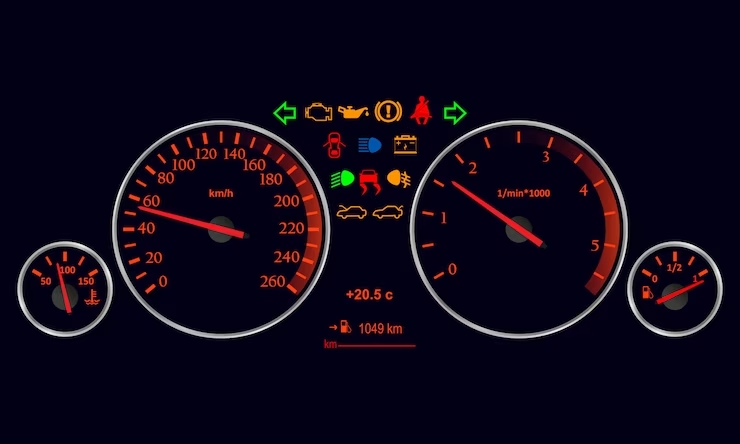Modern vehicles are equipped with a range of advanced safety features designed to protect occupants and minimize the risk of injury during a collision. One such safety feature is the active hood system, also known as a pedestrian protection system. Active hood warning lights play a crucial role in informing drivers about the status and functionality of this safety feature. In this article, we will explore active hood systems, their importance in pedestrian safety, and the significance of warning lights associated with them.
Understanding Active Hood Systems: An active hood system is designed to reduce the severity of injuries to pedestrians in the event of a collision. It works by using sensors located at the front of the vehicle to detect an impact with a pedestrian. When a collision is detected, the active hood system responds by quickly raising the rear portion of the hood, creating a cushioning effect between the pedestrian’s head and the hard engine components underneath.
Importance of Active Hood Systems: Active hood systems are an important safety feature that can significantly reduce the severity of head injuries sustained by pedestrians in accidents. By providing an additional cushioning effect, the active hood system helps to absorb some of the impact energy and increase the distance between the pedestrian’s head and the rigid structures of the engine compartment. This can potentially minimize the risk of serious head trauma and improve the overall safety of vulnerable road users.
Active Hood Warning Lights: Active hood warning lights are indicators located on the vehicle’s instrument panel or dashboard. When illuminated, these warning lights inform the driver about the status of the active hood system. The specific warning light symbol may vary among vehicle manufacturers, but it typically resembles a person or a person with a hood. Here are the two most common indications associated with active hood warning lights:
- System Activation: The active hood warning light may illuminate momentarily upon starting the vehicle to indicate that the active hood system is operational and ready to respond in the event of a collision. This serves as a visual confirmation that the safety feature is activated and actively monitoring the vehicle’s surroundings.
- System Fault: If the active hood warning light remains illuminated or flashes continuously while driving, it indicates a potential fault or malfunction in the active hood system. This could be due to a sensor issue, wiring problem, or other technical malfunction. In such cases, it is important to have the system inspected and repaired by a qualified technician to ensure its proper functioning.
Responding to Active Hood Warning Lights: When the active hood warning light illuminates, it is important to take appropriate action:
- System Activation: If the active hood warning light briefly illuminates upon starting the vehicle, it is simply indicating that the system is operational. No immediate action is required, but it is always important to drive attentively and be aware of pedestrians and other vulnerable road users.
- System Fault: If the active hood warning light remains illuminated or flashes while driving, it indicates a fault in the active hood system. In this case, it is advisable to have the system inspected by a qualified technician as soon as possible. They will diagnose the issue and perform the necessary repairs to restore the active hood system’s proper functionality.
It is crucial to note that the active hood system is just one of many safety features in a vehicle. It does not replace the need for responsible and attentive driving, nor does it guarantee the prevention of all injuries. However, when combined with other safety technologies, such as pedestrian detection systems and automatic emergency braking, the active hood system can contribute significantly to improving pedestrian safety.
Active hood warning lights play an essential role in informing drivers about the status and functionality of the active hood system. These safety features are designed to minimize the risk of head injuries to pedestrians in the event of a collision. By understanding the importance of active hood systems and responding to warning lights appropriately, drivers can help ensure the effective operation of this crucial safety feature and contribute to safer road environments for all.











